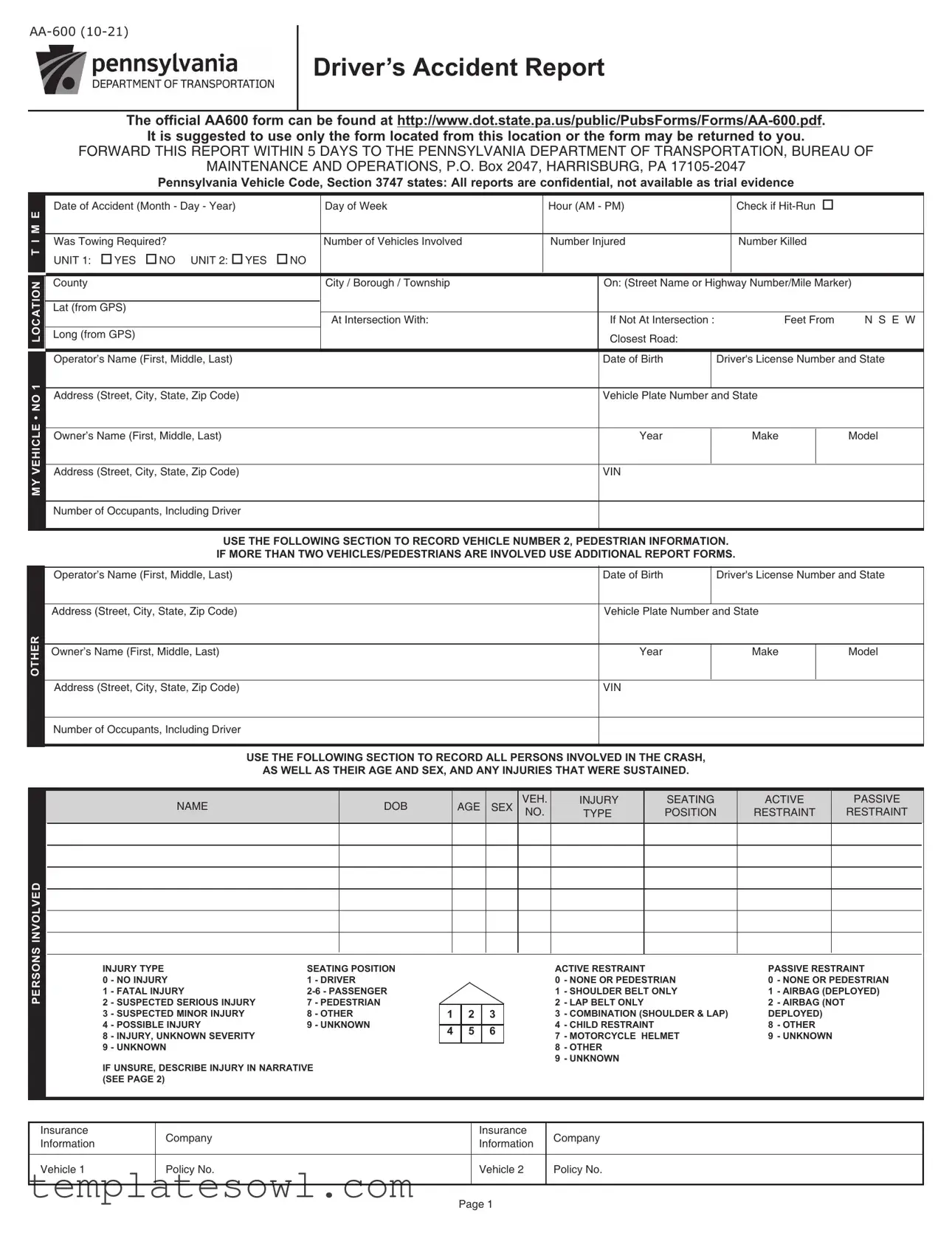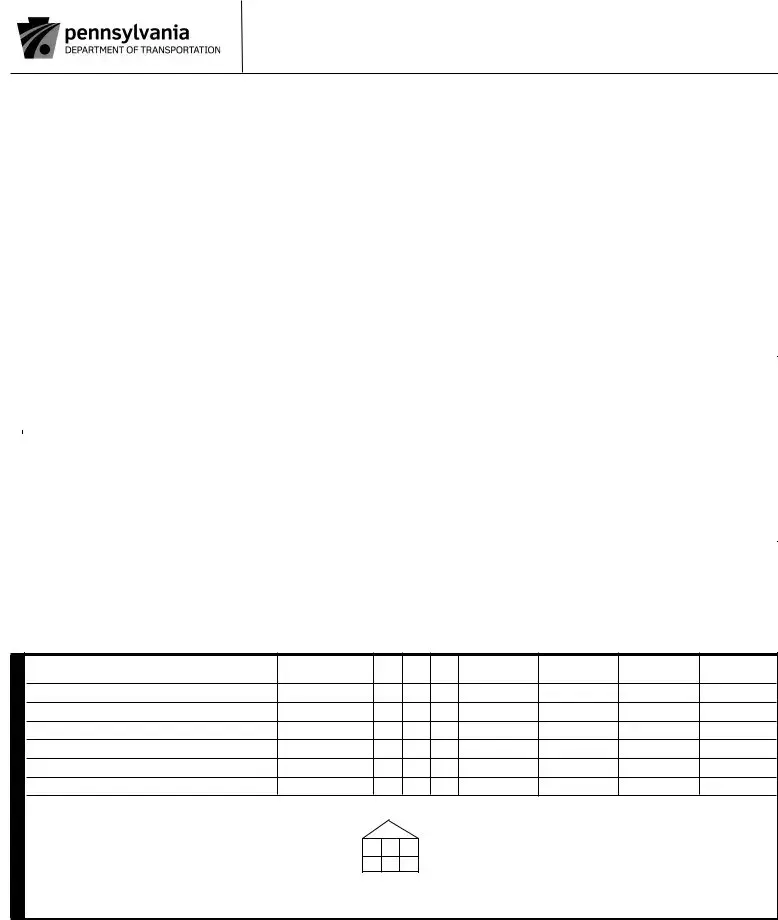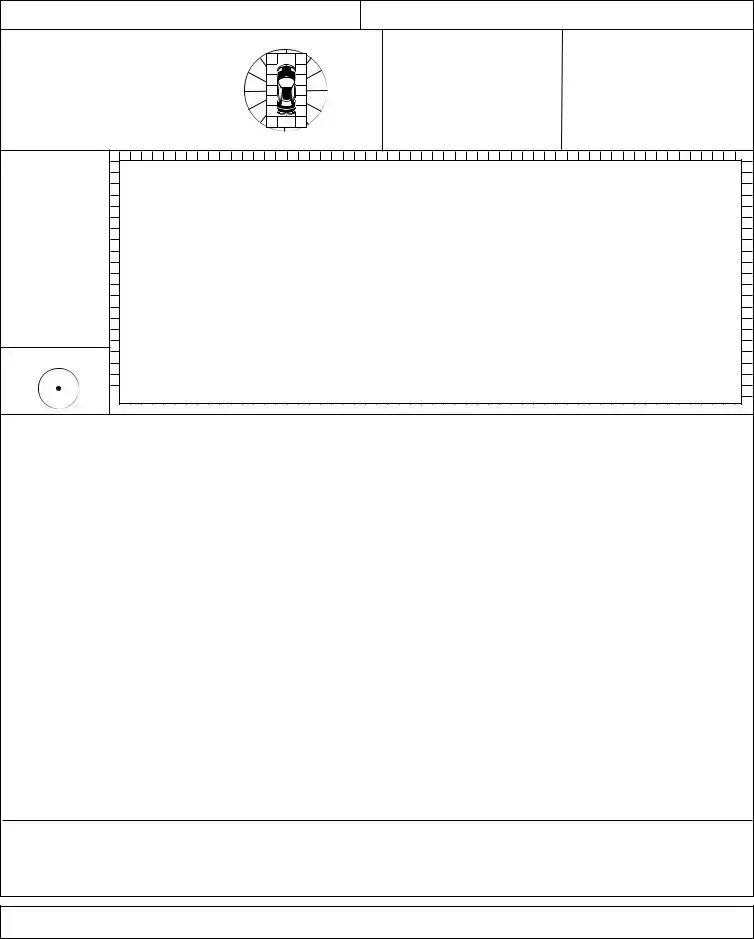GENERAL INSTRUCTIONS FOR COMPLETING DRIVER’S ACCIDENT REPORT
This form is a PDF fillable form and is the preferred method for completion. If you chose to hand-write the information, please use a a ballpoint pen and print all required information. Fill in every block applicable. The Form is self-explanatory.
However, the following guidelines should be utilized:
The form must be signed on page 2. We cannot accept a form without a signature. If filling this out electronically, please print and sign after you have completed all fields.
Tow and injury information must be filled out on page 1. We cannot accept a form that does not have these blocks filled out.
Here follows a short list of other circumstances in which we cannot accept your form:
•The date next to the signature on page 2 is missing
•The crash description on page 2 is missing
•The diagram on page 2 is missing
•Page 2 is missing
•Location information is missing (i.e. County, City / Borough / Township, Street, Intersecting Street)
•The crash date is missing or incorrect
•Missing tow/injury information on page 1
•Your vehicle was parked
•Crash occurred out-of-state
•Crash report was submitted by a non-driver (property owner, passenger, pedestrian, not involved in crash, crash submitted by another party of behalf of driver)
•Signature issues
Here follows a short list of reasons why your payment may not be accepted if you are remitting payment for a stamped received copy of your submitted report:
•Cash remitted (we can only accept a check or money order)
•Payment remitted but not signed
•Payment remitted by over/under paid
•Payment remitted without request and/or AA600
•Request copy of report but no payment remitted
1.For the Accident Location - - - Be sure to indicate the name of the City, Borough, or Township where the accident occurred as well as the Street name or Highway Route Number. If the accident occurred at an intersection, identify the name of the Street or Highway Route Number of the intersecting Roadway.
If the accident did not occur at an Intersection, please use the nearest Cross Street, Mile Posts, or Segment Markers. Segment Markers are signs erected along the roadside. Where possible, the signs are placed at physical features such as bridges, pipes, or intersections. Mile Posts are generally erected along the roadside of Interstates. Do not use House Numbers, Utility Poles, etc. as reference points.
2.For the Vehicles, Drivers and Pedestrians - - - Copy information about drivers and vehicles directly from the official Driver’s License, Vehicle Registration Card, and Proof of Financial Responsibility Card.
3.Persons Involved - - - Record the names and addresses of all occupants (including Drivers) in the vehicles involved and ALL INVOLVED PEDESTRIANS regardless of injury severity. Begin with the Driver of Unit 1, then list the other occupants of Unit 1, if any. Repeat the procedure with any other units.
4.Injury, Seating Position, Safety Restraints - - - If applicable, select the appropriate codes for all occupants and pedestrians for the type of injury incurred, seating positions of all occupants, and the type of safety device used.
5.Damage Area of Vehicle - - - Select the appropriate code for the Initial Impact Point for each vehicle involved. To indicate the impact area, use clock points as shown at the vehicle representation on the back of the report.
6.Speed Limit and Travel Speed - - - Enter the speed limit of the roadway at the accident site. If the speed limit is not posted, write NP.
Enter your estimate of the travel speed of each vehicle immediately before the accident.



